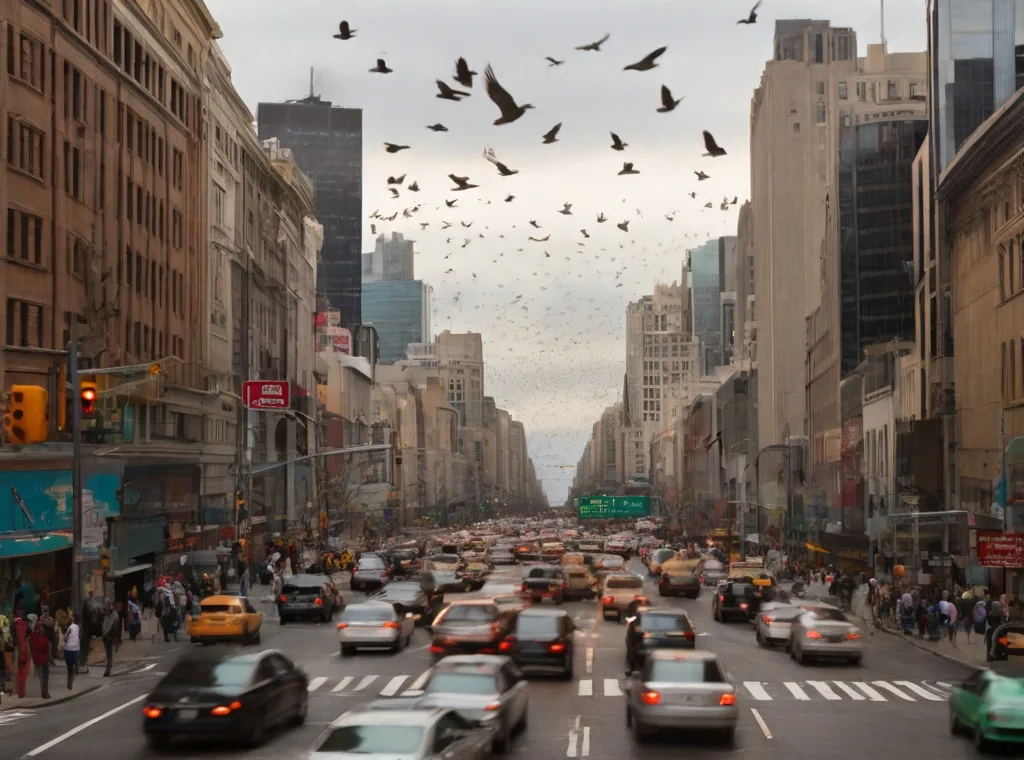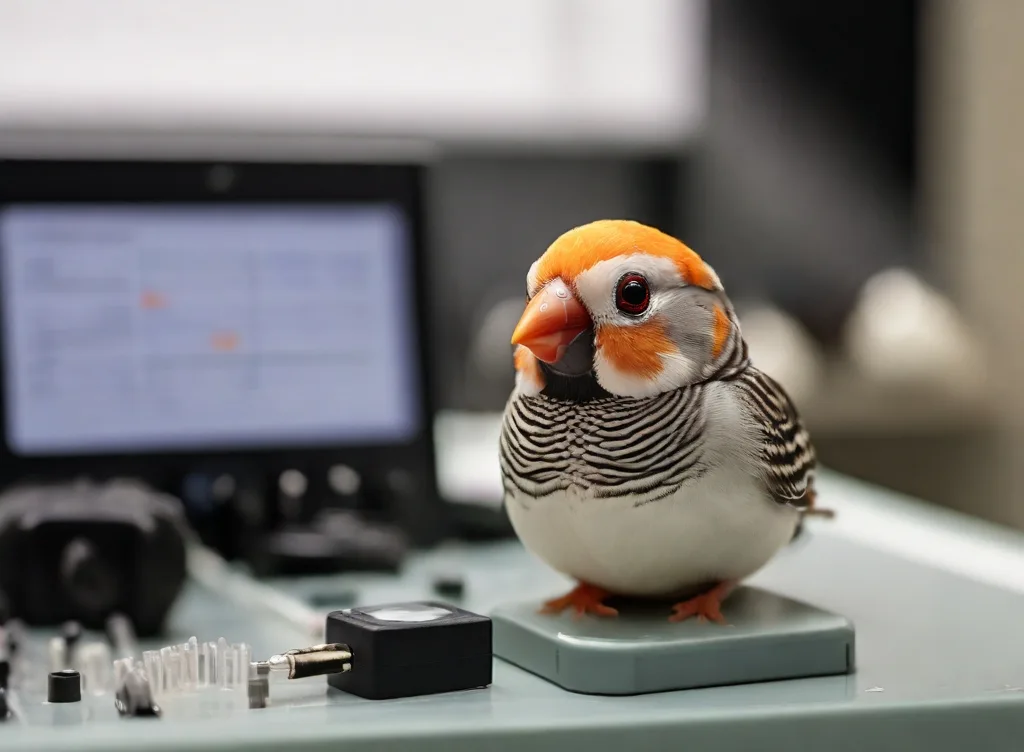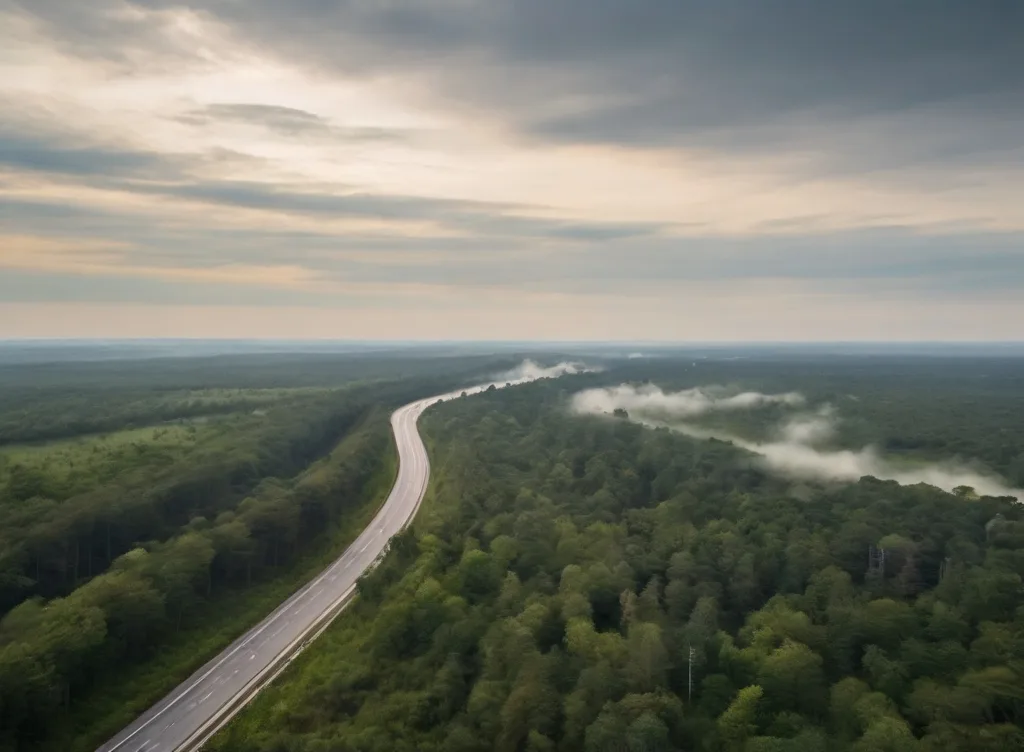The study conducted in the journal Science has identified traffic noise as a threat to bird embryos, and this has the potential to affect the birds even before they hatch, according to a recent study published in the Science journal. This study, by researchers from Deakin University, Australia, analyses the negative impact of traffic noise on the reproductive success of birds, which is pretty much an underexplored area in the field.

In a new study went against the studies, the ones where adult birds and their mothers were both exposed to noise that this research is solely focused on the bird embryos. The findings reveal alarming consequences: for the birds and reptiles, it is the exposure to traffic noise during the development inside the eggs that is the main factor significantly diminishing the hatching outcome.

This research includes the presentation of zebra finch embryos which will be exposed to five days of traffic noise before hatching and some surprising findings. The embryos that were exposed to the native songs of their species were more highly likely to hatch compared to the ones exposed to traffic noise. And when the chicks emitted from the traffic noise showed their slow growth rates and cellular damage as a sign of their abnormalities.
Mylene Mariette, the principal researcher, said, “The embryos’ own reactions to both noise exposures are significant, even though we play the traffic noise and native songs at the same volume. The embryos’ development was damaged to a much greater extent by the noise.”
Furthermore, noise resonated everywhere even in the adulthood of the birds which juvenile could be the cause of reproductive success and the growth of the birds. The trait was yet carried on to these fledglings, despite the fact that they had learned to be adults as well. The physiological response to the early noise bombardment was negatively linked to the success rate of birds’ reproduction.
“The fact that the avian species in the area experiencing the issue are the ones that are impacted the most is not the end of the story; These animals need the right attention because their wellness and the broad biodiversity conservation objectives would be at stake,” Mariette points out. “To avoid environmental degradation from the traffic noise, it is essential to adopt such measures like reducing noise from the vehicles through noise barriers, minimizing traffic at peak hours, decreasing traffic volume.”

Also, it leads to deliberation upon the sides of other animals as well as those of humans. As the studies conducted by Hans Slabbekoorn from Leiden University illustrate, this knowledge is essential for prenatal exposure to noise not only in different animal species but also in humans. It helps understand reactions to noise in both natural and human environments.
This work should be perceived as a clarion call to political and administrative action, which serves as evidence of the necessity to find the solutions to this problem to protect wildlife and human populations.
Have a science story tip for MyNestup or a burning question about noise pollution? We’re all ears! Drop us a line at mynestup@gmail.com and let’s explore together.







